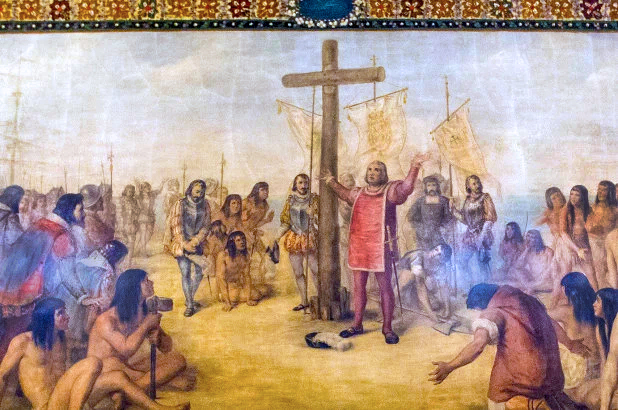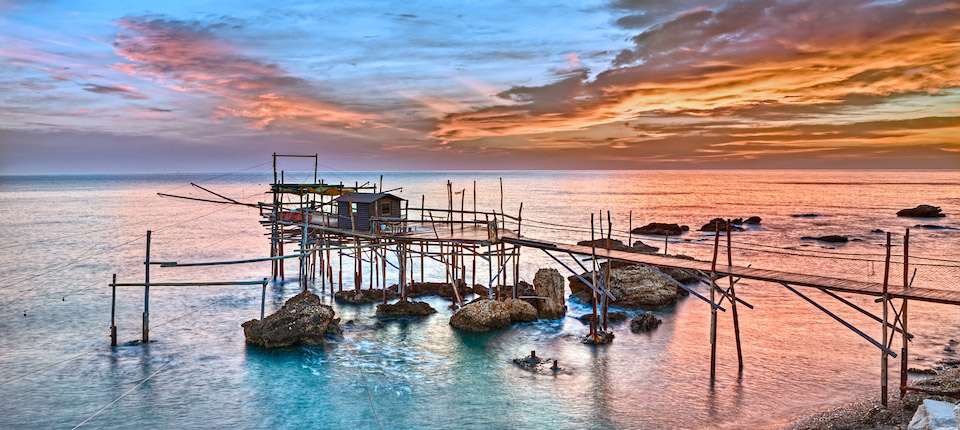In January, 2019, the University of Notre Dame President Reverend John Jenkins announced that murals on campus depicting Christopher Columbus’ journey and arrival to the Americas in 1492 would be covered up, calling the explorer’s arrival “nothing short of a catastrophe” for natives.
At the time, the decision prompted massive backlash from alumni and other voices across the nation. Historians have expressed their disbelief and outrage. Many donors pulled funding, while alumni, student groups and Italian American organizations submitted petitions calling for the scrapping of the University President’s plan. It is now nine months later and students are greeted with the murals still standing, uncovered. Officials of the University refuse to comment on the status of their pledge to cover the artwork. It seems that the suggestion to hit the University where it counts – in the wallet – has worked.
When the decision was first announced, Rev. Jenkins explained it would be impossible to move the works without damaging the walls, so instead, a permanent display of high-resolution images of the murals would be created somewhere on campus while the murals themselves would be covered with “woven material consistent with the décor of the space.”
One month after the announcement to cover up the murals was made, the University created a committee to determine how best to display the mural images “in the appropriate context, as well as on related issues.” It is unknown what was determined – no public announcement was ever made. Given the intense nation-wide outrage of the January announcement to cover the murals in the first place, it is no surprise that the University wants to keep a very low profile on Columbus, while maintaining a high profile in football. Football makes the University a huge amount of money, while its decision to cover the Columbus Murals has cost them millions in donations.
The murals are a piece of history, dating back to 1882, when an Italian immigrant, Luigi Gregori, was commissioned to paint them. This was done in response to the Catholic school’s large immigrant population. Columbus was seen as a hero who established the Catholic faith on an entire continent and celebrated for his work of exploration. The artwork was intended to inspire, uplift and educate and are located in the first floor hallway of the Main Administration Building, otherwise famously known as the Golden Dome. The building is a crucial symbol of the campus, along with the Basilica of the Sacred Heart and the Hesburgh Library, famous for its outdoor mosaic of Jesus with his arms raised in blessing. It is no coincidence that the mosaic faces Notre Dame Stadium and has been known as ‘Touchdown Jesus’ since its installation.
For a school that prides itself on the loyalty of its student body, alumni and benefactors, the underestimation of the importance of Columbus was beyond shameful. For at least the time being, it appears that the University’s plan has been shelved as it reassessed the monetary costs of yielding to fringe elements. Perhaps Rev. Jenkins decided to take a class in economics, because it is obvious that he did not take a class in history.





